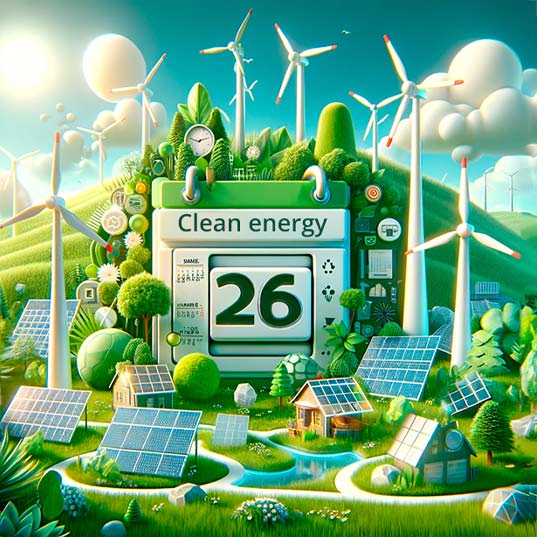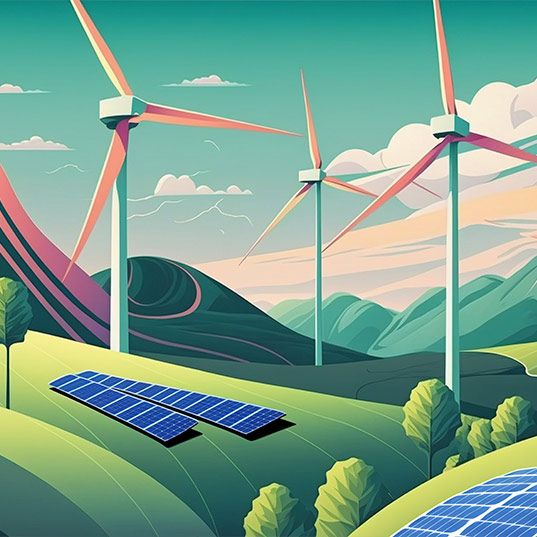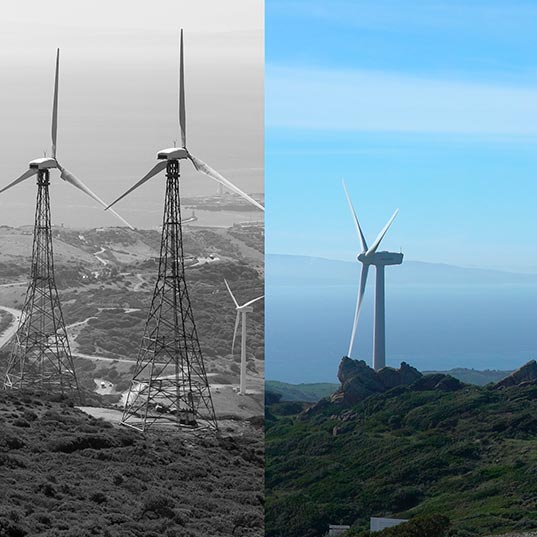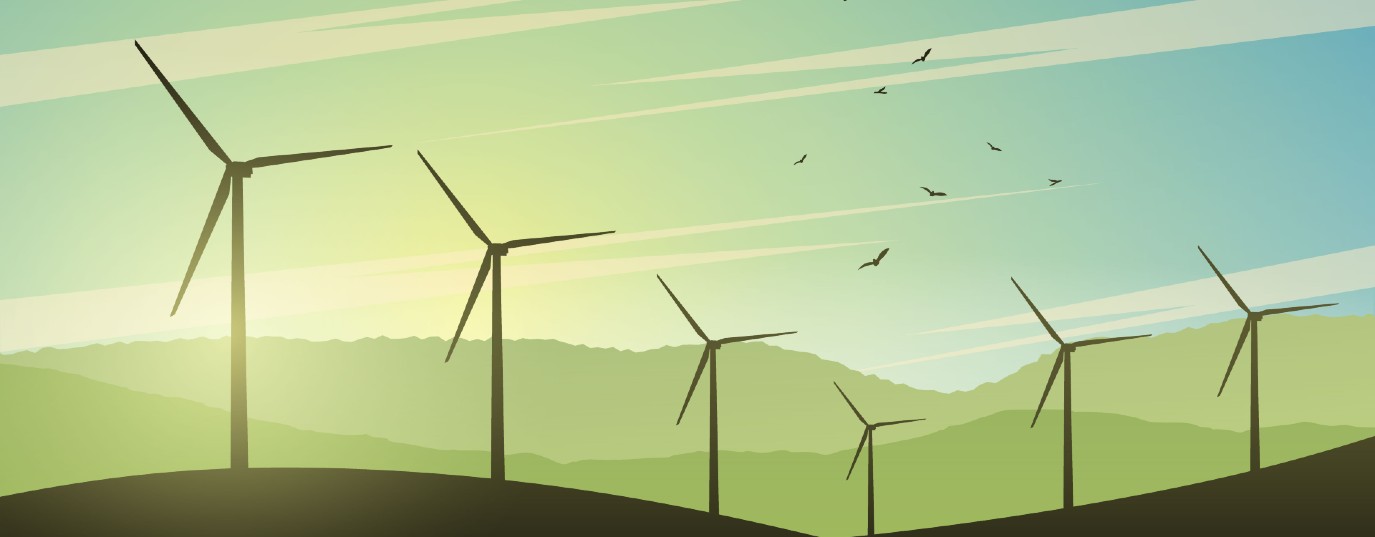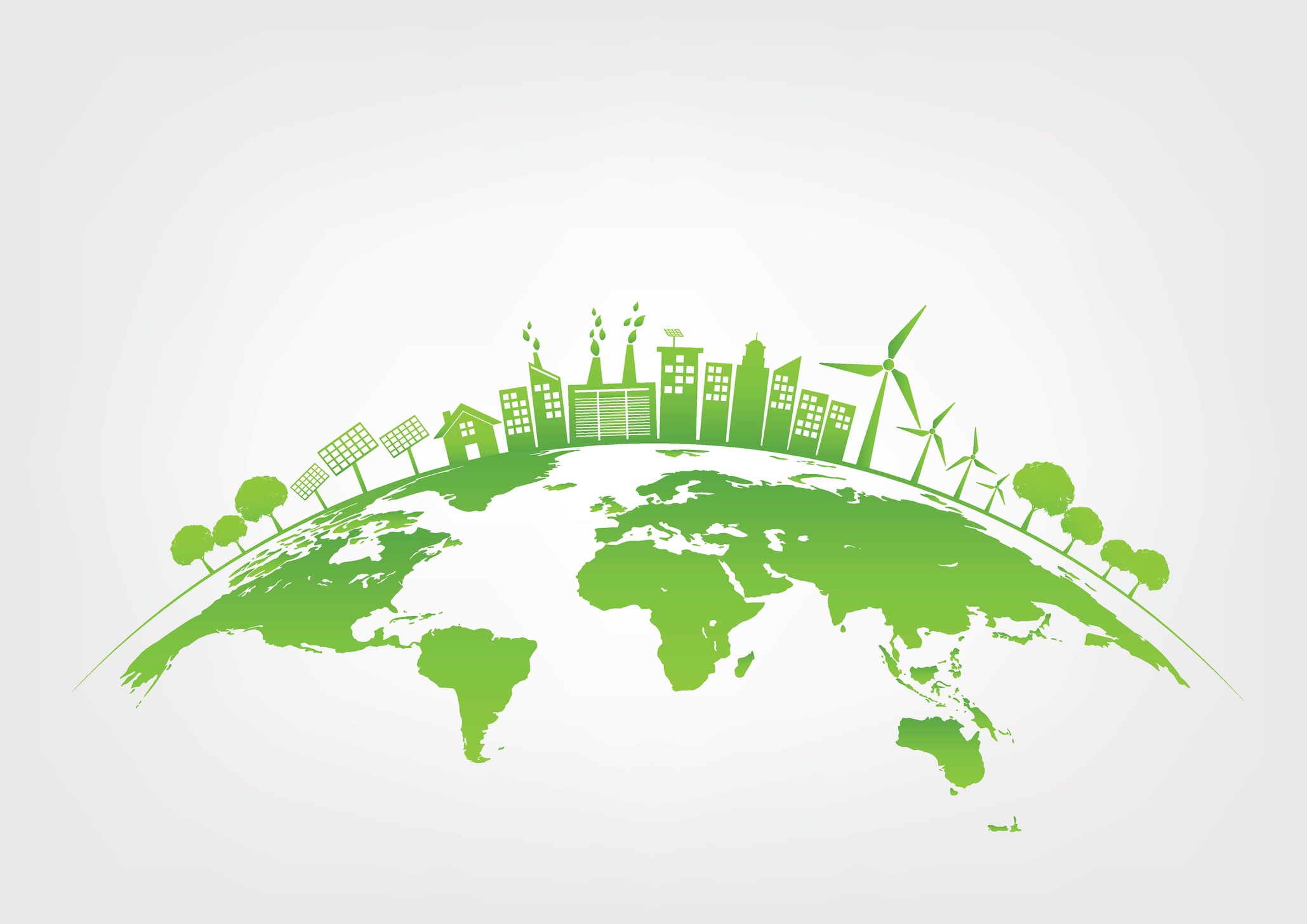What is the most sustainable, cheapest energy? The energy saved!
The more energy we save, the less CO2 we emit. Energy efficiency is one of the keys to tackling climate change.
The cleanest, cheapest and safest energy is the energy we don’t use. Now this might seem obvious, but it’s what the International Energy Agency (IEA) itself prescribes - the most important global organization analyzing and forecasting future energy needs. And the IEA’s is not a gratuitous remark, but an essential statement if we are to transition to a decarbonized economy.
Our present economic system functions as follows :the greater the economic growth, the more CO2 emissions. It’s crucial we move to another system in which we can live consuming less energy and thus emitting less. Remember! Energy consumption causes threequarters of the emissions that cause global warming!
What will I learn from this article?
- Record CO2 emissions and a new energy crisis
- Promotion of renewables and energy efficiency
- About Energy Service Companies (ESCOs)
Record CO2 emissions mean we’re failing to reach climate neutrality
There’s scientific consensus for keeping the planet’s temperature increase to a maximum of 1.5ºC by the end of the century - in order to avoid the most devastating effects of climate change. This has, however, already increased by more than 1.1ºC on pre-industrial levels.
“Energy consumption is behind threequarters of the emissions that cause global warming”.
The path to limiting temperature increases was set out years ago by experts: achieve CO2 emissions neutrality by 2050. But global emissions will reach a new record in 2022, at 40.6 billion tonnes, according to the latest Global Carbon Project report presented during COP27.
The challenge of achieving carbon neutrality is certainly historic and has no precedent: making sustainable development possible, not only for the current 8 billion inhabitants of the planet, but the nearly 10 billion who will populate it in 2050.
This is all the more urgent in terms of a new energy crisis caused by Russia’s invasion of Ukraine, demonstrating more than ever before the need to save energy and increase energy independence via renewable energies.
The key: promotion of renewables and energy saving
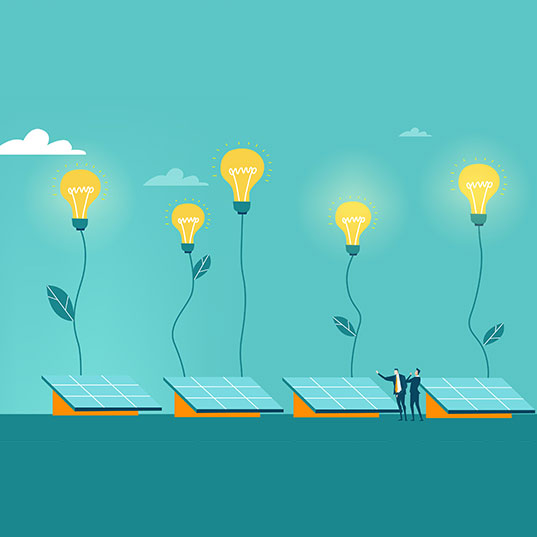 To achieve this, renewable energies like wind and solar power, which don’t generate emissions - must be deployed to the maximum and, in parallel, the economy needs to be electrified to slash the use of fossil fuels for industry, services, transport and in the home. Technologies allowing energy storage, such as batteries and green hydrogen, need greater development.
To achieve this, renewable energies like wind and solar power, which don’t generate emissions - must be deployed to the maximum and, in parallel, the economy needs to be electrified to slash the use of fossil fuels for industry, services, transport and in the home. Technologies allowing energy storage, such as batteries and green hydrogen, need greater development.
All this is essential, but not enough. As the IEA emphasizes, without a major drive to save energy (by not consuming it) and toward greater efficiency (achieving the same results while using less energy) it will be impossible to decarbonize the economy and reduce global warming to a manageable level. Not in vain is it that energy efficiency is also known as the “first fuel”.
“Without an energy savings and efficiency drive it will be impossible to decarbonize the economy”
We can put figures to the energy savings needed. We must reduce lobal energy intensity (the energy needed per unit of GDP) by 4% a year from now until 2030 (over double than during the previous decade). It might still seem to be a modest ambition, but consider that this is equivalent every year to saving all the energy China consumes, or four times the amount of gas the European Union imported from Russia in 2021.
Frankly speaking, this is the only way we can achieve the IEA’s neutral (net zero) emissions scenario. In the opposite case, final energy demand will not fall, but grow by 18% in 2030 and thus, with it, will CO2 emissions. The good news is that such an energy efficiency drive would create 10 million jobs by 2030.
Energy Service Companies, specialists in energy saving
Improvements in energy efficiency affect the whole economy, from the industrial (process improvements, among others) to the residential sector (better insulation, more efficient and sustainable lighting and air conditioning systems), transport (by introducing electric cars and other forms of mobility, such as shared vehicles) and local government (better street lighting, more efficient ventilation and heating of buildings). Many measures share the same rationale by acting on the energy demand side, i.e. optimizing consumers’ energy use.
Faced with the growing importance of energy saving, a vital energy sub-sector has been established in recent years: that of Energy Service Companies (ESCOs), specialized in installing energy efficiency projects that bring about savings in consumption and the client’s energy bill.
How do these ESCOs manage to decarbonize companies and local governments? The companies that lead the sector propose an integrated focus for the customer which includes both measures to improve the energy efficiency of processes and buildings - incorporating renewable energies and digitizing energy management - and regeneration measures that create positive impacts related to the circular economy.
ESCOs carry out their activities in many different ways, rationalizing.
- Lighting, both exterior and interior
- Air conditioning
- Energy monitoring and management
- Insulation of buildings
- Industrial processes
- Motors, pumps, compressed air equipment, etc.
- Self-supply
- Sustainable mobility.
The results are remarkable. In Spain alone, ESCOs achieve an average of 37% energy savings per project, which translates into an average economic saving of 112,000 euros per year.
“ESCOs achieve an average 37% energy savings per project”
The novelty of ESCOs lies in that they charge on the basis of the energy savings achieved, as laid out in a previously agreed Energy Services Contract, i.e. the company is paid a percentage of the cost savings generated by the work it has carried out.
The city of Gijon and energy savings: Smart City, Smart Light
Let’s look at a successful case study in the field of energy services in the form of Gijon City Hall in Spain. The Asturian city is looking to speed up decarbonization by installing renewable energy generation and storage technologies, developing energy communities and generating innovation opportunities, enterprise and job creation, as well as sustainable development of the city.
To do this, it awarded its project to ACCIONA Energía, which is responsible for the city’s integrated approach to the smart supply and management of electricity and heat energy for lighting, buildings and municipal facilities, and the roll out and operation of an emissions-neutral, open and interoperable network supporting Internet-of-Things services and green and digital innovation.
These measures will reduce electricity consumption by municipal services and public lighting by up to 68%, as well 15% in heating, thanks to which CO2 emissions will fall at least 30%.
The math is very simple: the less energy we use, the fewer CO2 we’ll emit to the atmosphere. Both the payer of our energy bills, as well as the environment, will be happy for that.
Sources:


